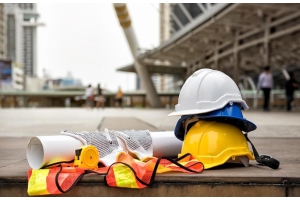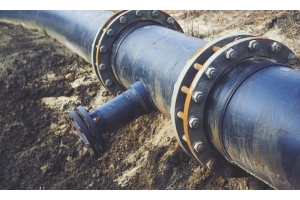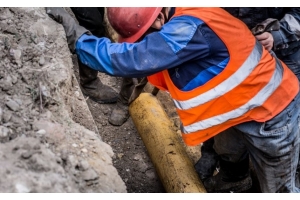The Importance of Line Stops in Pipeline Maintenance


Line stopping allows operators to perform necessary work on their pipelines. Learn the importance of line stops in pipeline maintenance with this guide.
When planning pipeline maintenance, operators must balance the cost of shutting down service with the risk of performing repairs while the pipeline is live. While these methods can prove useful in some scenarios, there are times when neither seems like a good option. That’s where line stopping comes in. Line stop services provide a safer and more cost-effective way to perform maintenance without shutting down an entire pipeline. Learn more about the importance of line stops in pipeline maintenance with this overview.
What Is Line Stopping?
Line stopping is the process of using line stops to isolate the specific section of pipe that needs work. This allows the rest of the pipeline system to stay in service while you conduct repairs and complete projects. At the same time, workers don’t have to deal with the hazards of working with a live system as they perform maintenance. The line stop process starts very similarly to a hot tapping procedure. Workers attach a line stop fitting and a temporary valve to the pipe, then perform a hot tap. After the hot tap, workers will close the valve and install either an inflatable pipe plug line stop system or a line stop actuator that inserts a mechanical line stop head into the pipe to control or stop the flow of product.
Line Stops Save Money for Operations
Much of the importance of line stops in pipeline maintenance stems from how cost-effective the process is. If you choose to perform maintenance on a live system, the results can be both dangerous and expensive. Line stopping mitigates many of these risks and avoids costly repairs or liability fees. Furthermore, the line stopping process allows you to sidestep the expenses that come with completely shutting down a system. If you have to turn off an entire pipeline system for repairs, you lose revenue for every hour you spend performing maintenance and repairs. Shutting down a system also frequently means paying your workers overtime. With line stopping, you can perform the repairs quickly and without disrupting service or having to coordinate with end users or local authorities.






